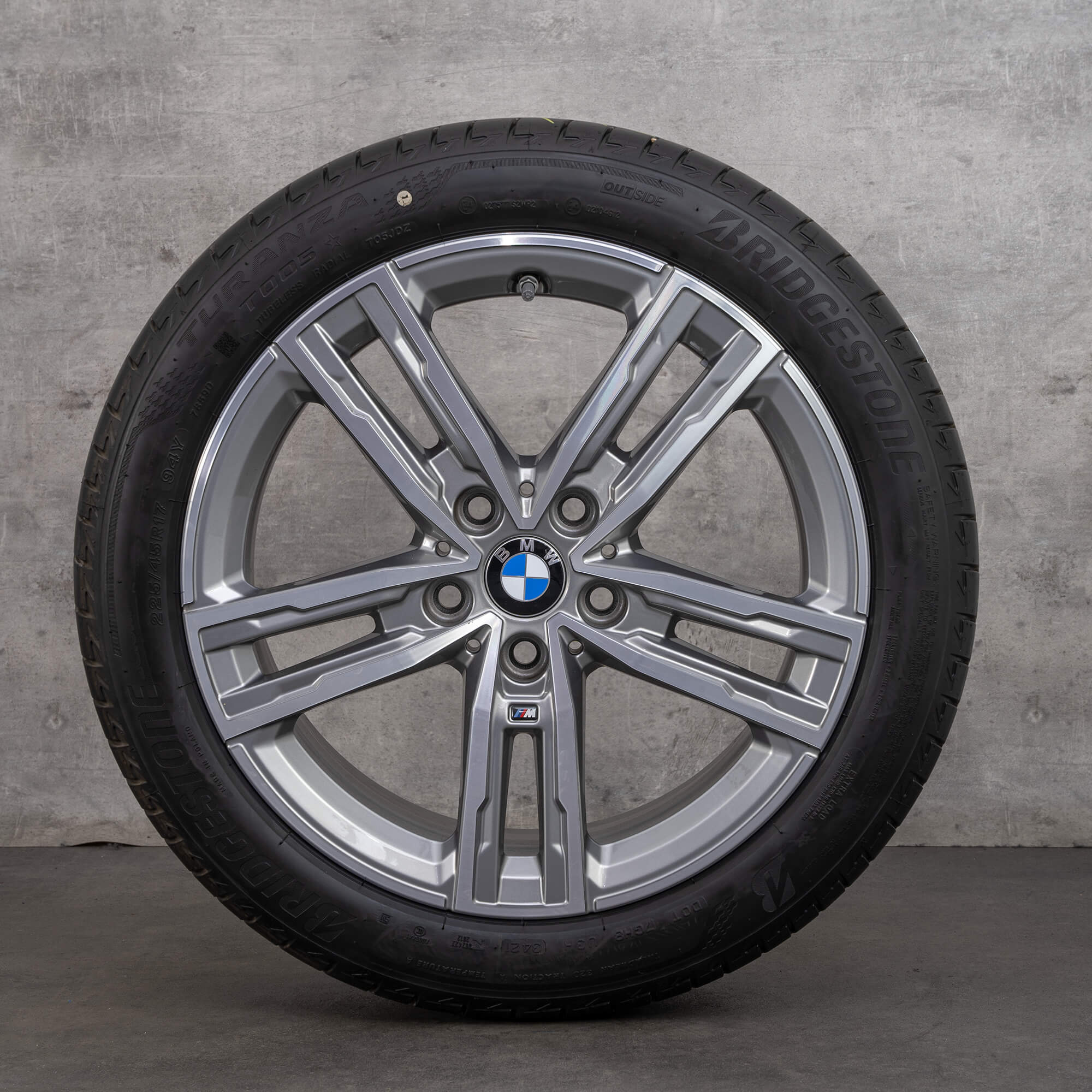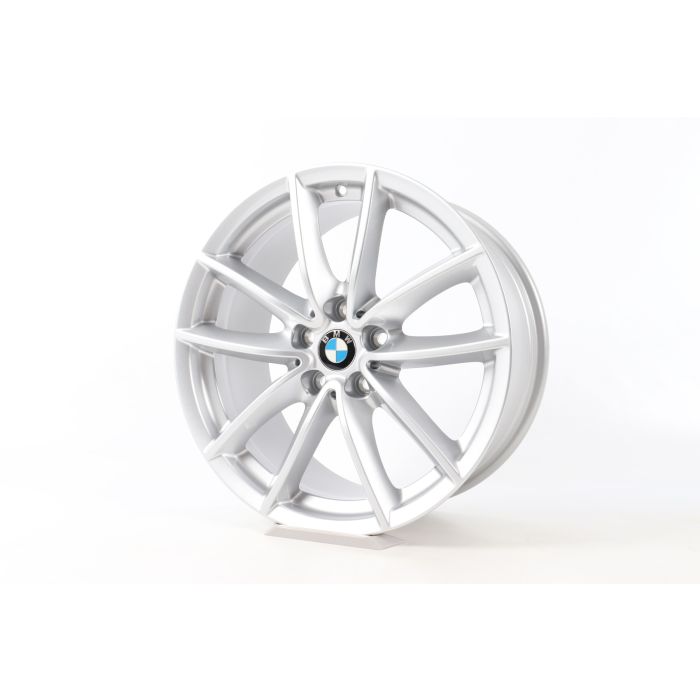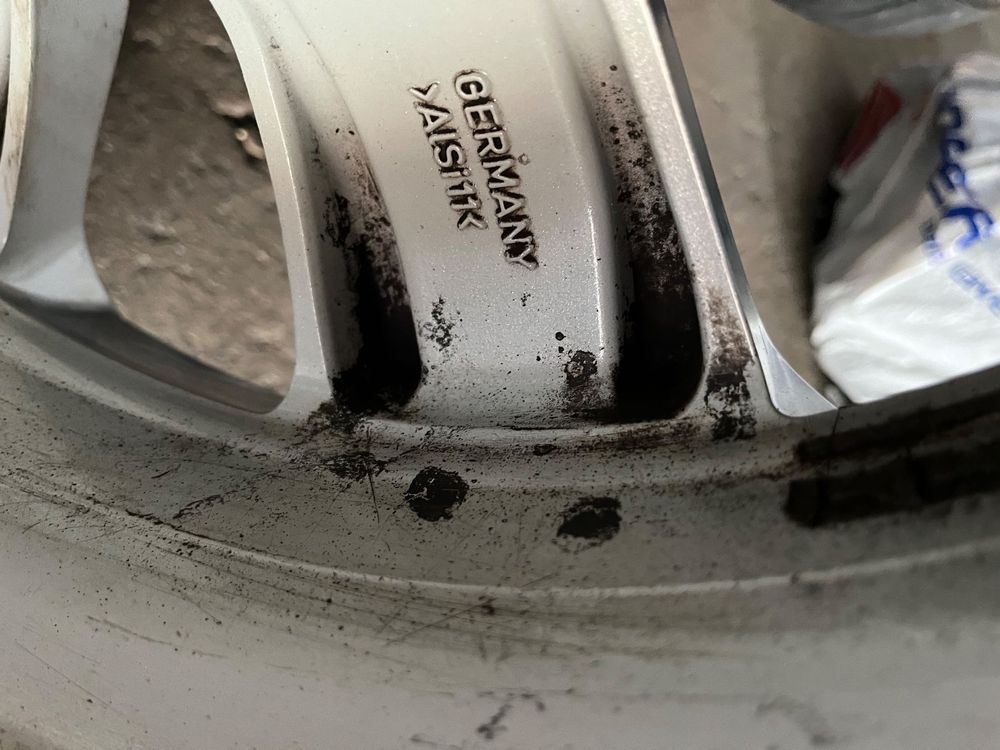
BMW 1er 2er F20 F22 17 Zoll 382 Felgen Winterkompletträder Dunlop 6MM - JD Raeder BMW & MINI Reifen gebraucht online kaufen

BMW Felgen 17 Zoll ET47 7 J×17EH2 1 Satz, 4 Stück in Essen - Essen-Werden | Reifen & Felgen | eBay Kleinanzeigen ist jetzt Kleinanzeigen

Originale 17 Zoll BMW 3er E90 E92 Styling M194 Alufelgen Felgen Leichtmetallfelgen schwarz glänzend (weitere Farben

BMW Felgen Satz 17 Zoll in Hessen - Karben | Reifen & Felgen | eBay Kleinanzeigen ist jetzt Kleinanzeigen

Originale 17 Zoll BMW 3er E90 E92 Styling M194 Alufelgen Felgen Leichtmetallfelgen schwarz glänzend (weitere Farben

17 Zoll Original BMW Felgen mit Sommerreifen in Häfen - Bremerhaven | Reifen & Felgen | eBay Kleinanzeigen ist jetzt Kleinanzeigen

BMW Felgen 17 Zoll in Baden-Württemberg - Mannheim | Reifen & Felgen | eBay Kleinanzeigen ist jetzt Kleinanzeigen

BMW Felgen 17 Zoll ET47 7 J×17EH2 1 Satz, 4 Stück in Essen - Essen-Werden | Reifen & Felgen | eBay Kleinanzeigen ist jetzt Kleinanzeigen

BMW 3er G20 G21 17 Zoll 778 Felgen Winterkompletträder Hankook Origina - JD Raeder BMW & MINI Reifen gebraucht online kaufen

17 Zoll, Bmw 17 Zoll, Original Bmw Felgen, Alufelgen 17 Zoll, BBS in Brandenburg - Schorfheide | Reifen & Felgen | eBay Kleinanzeigen ist jetzt Kleinanzeigen

Originale 17 Zoll BMW 5er F10 F11 Styling 236 Alufelgen Felgen Leichtmetallfelgen silber glänzend (weitere Farben möglich)

16 zoll Borbet Y Alufelgen 5x120 Titan grau für BMW E46 E36 E90 E91 E92 F30 F31 4051665030969 | eBay

BMW 5 serie E60 E61 17 Zoll Felgen 243 + Sommerkompletträder Dunlop Ru - JD Raeder BMW & MINI Reifen gebraucht online kaufen

350€ bis Montag!! BMW M Felgen 17 Zoll, 245 40 R17 // 225 45 R17 in Nürnberg (Mittelfr) - Kleinreuth b Schweinau | Reifen & Felgen | eBay Kleinanzeigen ist jetzt Kleinanzeigen

BMW Felgen 17 Zoll 5x120 in Sachsen - Chemnitz | Reifen & Felgen | eBay Kleinanzeigen ist jetzt Kleinanzeigen

Original BMW V-Speiche 618 17 Zoll, inkl. Sensoren, Abdeckung in Bayern - Dingolfing | Reifen & Felgen | eBay Kleinanzeigen ist jetzt Kleinanzeigen

BMW Felgen 7,5 x 17 Zoll 5x112 inkl. Sommerreifen Goodyear in Nordrhein-Westfalen - Ennepetal | Reifen & Felgen | eBay Kleinanzeigen ist jetzt Kleinanzeigen




































